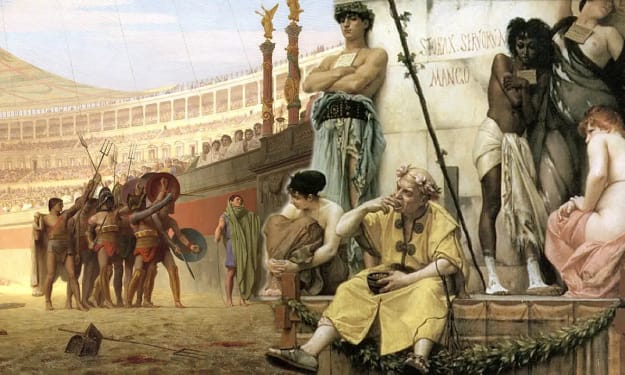Terracotta Army (China)
The Terracotta Army is a collection of life-sized clay sculptures depicting the army of the first Emperor of China

In the heartland of ancient China, nestled near the city of Xi'an, a remarkable archaeological discovery was made in 1974—a discovery that would captivate the world and shed light on the grandeur of an empire lost to time. The unearthing of the Terracotta Army forever changed our understanding of ancient China and introduced us to an army of silent guardians—captivating life-sized clay sculptures that depict the warriors of the first Emperor of China, Qin Shi Huang.
Qin Shi Huang, a visionary ruler who unified China in 221 BC, believed in the concept of an afterlife and desired an eternal presence in death. To fulfill this aspiration, he commissioned the creation of a vast underground mausoleum, complete with a life-sized army that would accompany him on his journey beyond.
For centuries, this extraordinary army lay concealed beneath the earth, guarding the emperor's tomb, until a group of farmers accidentally stumbled upon the site while digging a well. What they uncovered was nothing short of astonishing—a subterranean army of intricately crafted warriors, each unique in appearance, showcasing the incredible craftsmanship of the Qin Dynasty.
Word of the discovery quickly spread, attracting archaeologists and historians from around the world to witness this remarkable spectacle. The excavation of the site began, revealing a sprawling complex that housed an estimated 8,000 life-sized clay soldiers, along with chariots, horses, and weaponry.
The Terracotta Army is an awe-inspiring testament to the meticulousness of ancient Chinese artistry. Each warrior was meticulously crafted with remarkable attention to detail, depicting a wide array of infantrymen, cavalry, archers, and officers. These sculptures display a level of individuality, with unique facial features, hairstyles, and uniforms, reflecting the diversity of the ancient Chinese army.
Further exploration of the site unveiled the presence of other fascinating elements. The tomb complex housed an underground palace, complete with administrative buildings, stables, and even acrobats and musicians, all crafted with the same meticulousness as the warriors. The sheer scale and complexity of this burial complex illuminated the extent to which Qin Shi Huang sought to immortalize his reign in the afterlife.
However, the mysteries surrounding the Terracotta Army persist. The excavation of the site continues to this day, as many sections remain unexplored, waiting to reveal their secrets. The reason behind the construction of such a vast army, the techniques used in crafting these clay soldiers, and the full extent of the mausoleum complex are questions that continue to intrigue researchers.
Nevertheless, the significance of the Terracotta Army cannot be overstated. It offers a glimpse into the military might and cultural achievements of the Qin Dynasty. Beyond the artistic and historical value, it serves as a testament to the ambition and power of Qin Shi Huang, who sought to secure his immortality even in death.
Today, the Terracotta Army stands as a UNESCO World Heritage site, attracting millions of visitors each year. It serves as a reminder of the rich heritage of ancient China and the wonders that can be uncovered beneath the earth's surface. The silent guardians of the first Emperor of China continue to leave us in awe, reminding us of the enduring power and beauty of human creativity across the centuries.
As the excavation of the site progresses, we inch closer to unraveling the secrets of this archaeological marvel. The Terracotta Army, a silent testament to a bygone era, will forever hold its place as one of the most extraordinary discoveries in the history of archaeology—a legacy that connects us to the awe-inspiring achievements of ancient China and the visionary emperor who dared to defy the passage of time.





Comments
There are no comments for this story
Be the first to respond and start the conversation.